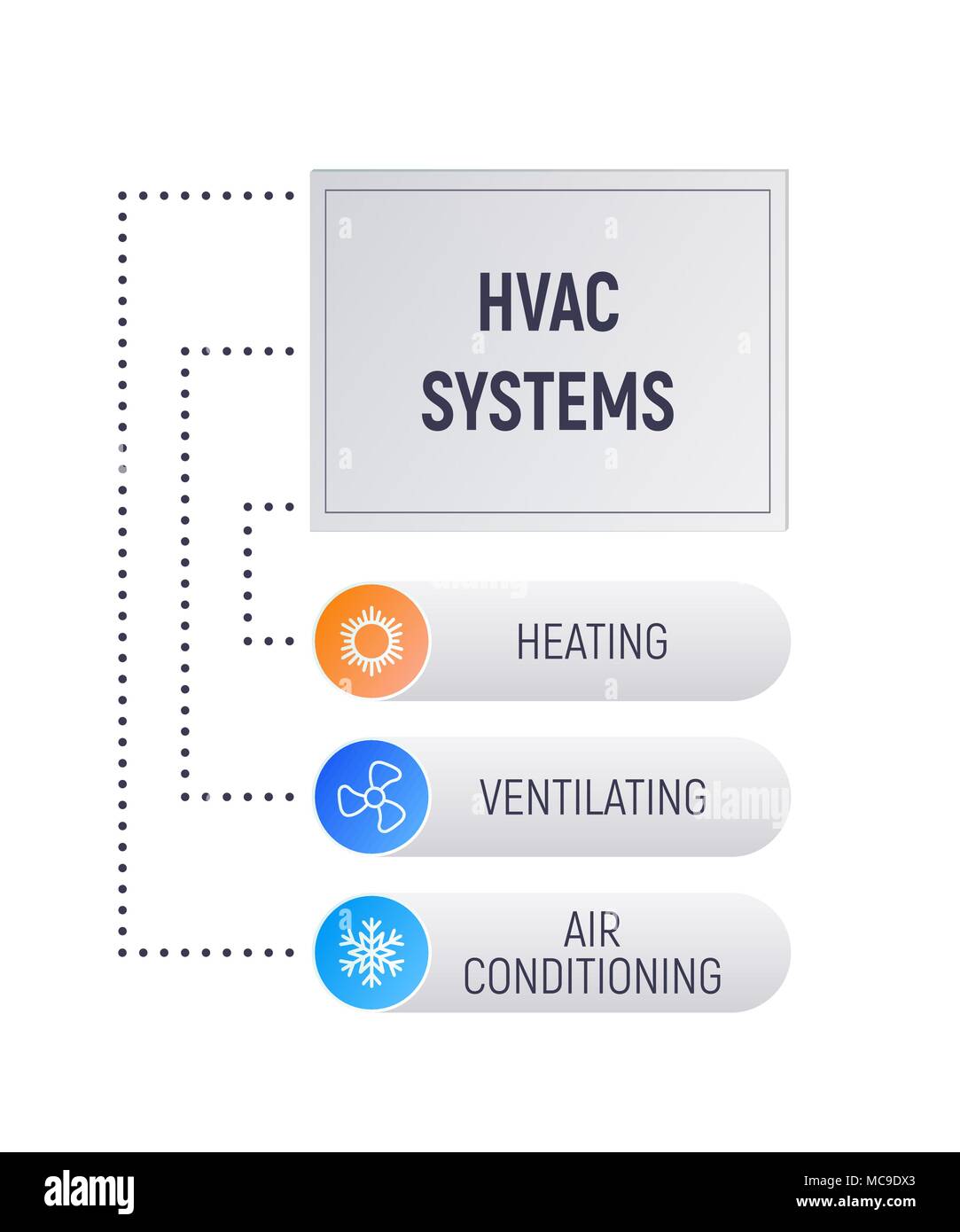The Future Of Home Heating - How Heatpump Technology Is Progressing
The Future Of Home Heating - How Heatpump Technology Is Progressing
Blog Article
Written By-Dugan Ringgaard
Heatpump will certainly be a crucial technology for decarbonising heating. In a circumstance regular with governments' introduced power and environment commitments, their international capacity doubles by 2030, while their share in home heating rises to one-quarter.
They work best in well-insulated homes and depend on electrical power, which can be provided from a sustainable power grid. Technical innovations are making them more reliable, smarter and less costly.
Gas Cells
Heat pumps use a compressor, refrigerant, coils and fans to relocate the air and warmth in homes and appliances. They can be powered by solar energy or power from the grid. They have been acquiring popularity because of their inexpensive, peaceful operation and the capacity to create electrical energy throughout peak power demand.
Some companies, like IdaTech and BG MicroGen, are servicing fuel cells for home heating. These microgenerators can replace a gas boiler and generate several of a house's electric requirements with a connection to the electricity grid for the rest.
Yet there are reasons to be cynical of using hydrogen for home heating, Rosenow claims. christchurch ventilation service would certainly be pricey and inefficient compared to other modern technologies, and it would contribute to carbon exhausts.
Smart and Connected Technologies
Smart home technology permits property owners to link and regulate their devices from another location with the use of smart device applications. As an example, smart thermostats can discover your heating choices and immediately get used to enhance energy intake. Smart illumination systems can be regulated with voice commands and instantly switch off lights when you leave the area, lowering energy waste. And https://www.cmmonline.com/articles/follow-the-basic-steps-for-improving-indoor-air-quality can check and handle your electric use, enabling you to determine and restrict energy-hungry home appliances.
The tech-savvy home shown in Carina's meeting is a great image of how passengers reconfigure area home heating practices in the light of brand-new clever home innovations. They count on the devices' automatic functions to perform daily modifications and regard them as a practical methods of conducting their heating methods. Thus, https://gutter-service-near-me51739.azzablog.com/29438227/debunking-the-price-of-putting-up-and-maintaining-a-heat-pump see no reason to adjust their practices additionally in order to allow adaptability in their home power need, and treatments aiming at doing so might encounter resistance from these households.
Electrical energy
Since heating homes accounts for 13% of US emissions, a switch to cleaner options can make a large difference. But the technology encounters obstacles: It's costly and requires considerable home improvements. And it's not constantly suitable with renewable resource sources, such as solar and wind.
Up until just recently, electric heatpump were as well costly to compete with gas versions in a lot of markets. Yet new technologies in style and materials are making them more budget-friendly. And simply click for source is allowing them to operate well even in subzero temperatures.
The following step in decarbonising home heating might be making use of warmth networks, which draw heat from a main resource, such as a neighboring river or sea inlet, and disperse it to a network of homes or structures. That would lower carbon emissions and enable households to make use of renewable resource, such as eco-friendly electrical power from a grid provided by renewables. This alternative would certainly be much less expensive than changing to hydrogen, a fossil fuel that calls for new framework and would only decrease carbon dioxide exhausts by 5 percent if coupled with enhanced home insulation.
Renewable resource
As power rates drop, we're beginning to see the exact same pattern in home heating that has actually driven electrical cars and trucks right into the mainstream-- yet at an even quicker speed. The solid climate situation for impressive homes has been pressed better by new research study.
Renewables account for a substantial share of modern-day heat consumption, but have actually been provided restricted plan focus around the world contrasted to other end-use industries-- and even less attention than electrical energy has. Partly, this shows a mix of customer inertia, split rewards and, in many nations, aids for fossil fuels.
New innovations might make the shift less complicated. For instance, heat pumps can be made extra energy effective by changing old R-22 refrigerants with new ones that don't have the high GWPs of their precursors. Some specialists also visualize district systems that draw warmth from a nearby river or sea inlet, like a Norwegian arm. The cozy water can then be used for heating and cooling in a neighborhood.